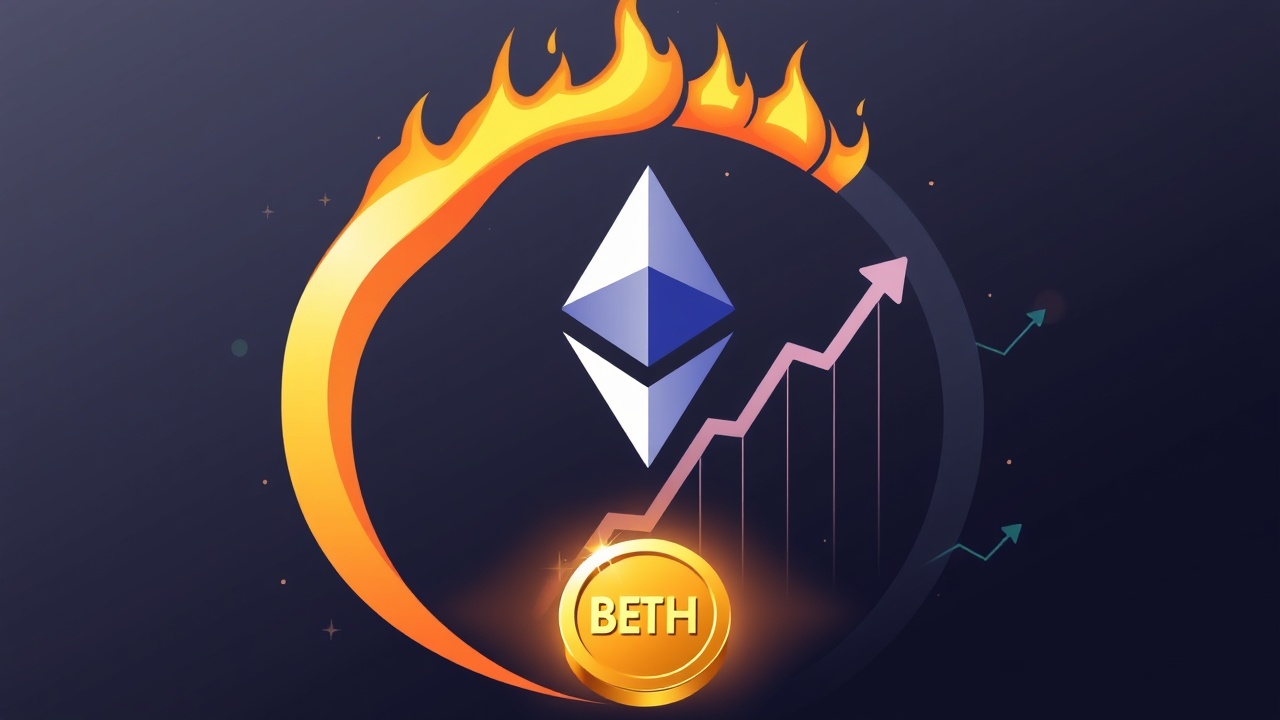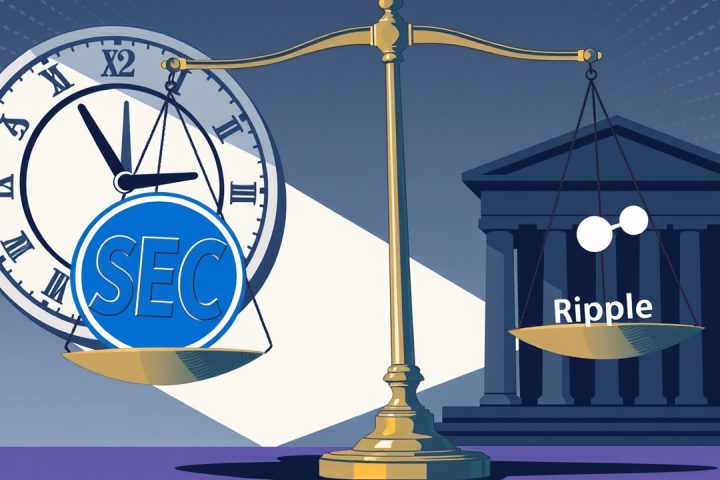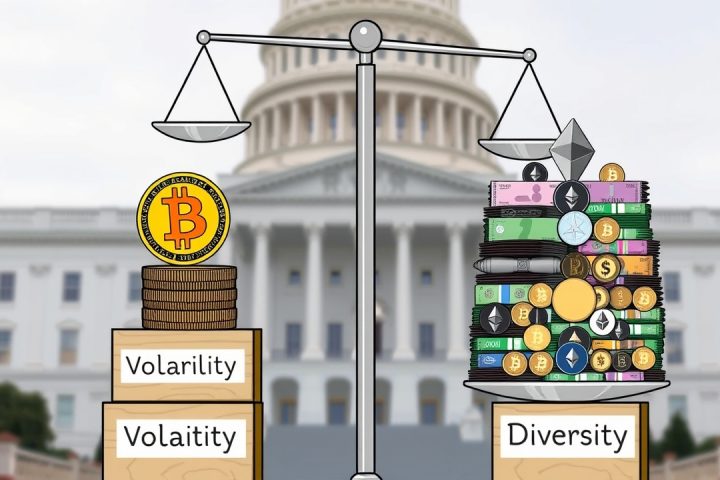Impact of EIP-1559 on Ethereum Tokenomics
Ethereum’s innovative EIP-1559 upgrade has significantly impacted its tokenomics by burning approximately 1.99 million Ether, equating to about $8.8 billion. This burn mechanism, which began in August 2021, steadily decreases the overall supply of Ether, ultimately enhancing the value of the remaining tokens. A notable development in this process is the introduction of Burned ETH, or BETH, a new ERC-20 token that serves as a proof of Ethereum burns.
Introduction of BETH
The EIP-1559 upgrade implemented a systematic approach where the base fee for Ethereum transactions is permanently obliterated, effectively curtailing the circulating supply of the cryptocurrency. Up to this point, users who chose to burn their Ethereum essentially lost those tokens without any opportunity for redemption. This changed when Zak Cole, associated with the Ethereum Community Foundation, introduced BETH. This token is designed to represent the Ethereum that has been burned, functioning as an immutable record of these transactions.
BETH operates as a tokenized acknowledgment of burned ETH, but unlike traditional tokens, it cannot be converted back into Ethereum. However, BETH holds intrinsic value in its own right, representing a novel opportunity for Ethereum holders. Users sending Ethereum to the burn address will automatically receive an equivalent amount in BETH, preserving proof of their contribution to reducing Ethereum’s supply.
Market Potential and Community Engagement
The introduction of BETH not only mitigates the available ETH but also allows holders to gain from the process, creating a dual incentive. Furthermore, with the Ethereum community actively discussing BETH’s potential value across social media channels, prominent figures like co-founder Joseph Lubin have expressed optimism regarding its future acceptance by the market. He even anticipates that burning ETH could foster new industries and enhance community engagement with BETH tokens.
Currently, BETH boasts a modest holder count of 116, which has risen by 8.6% in the last day, indicating a growing adoption trend within the Ethereum ecosystem. As is typical in cryptocurrency mechanics, when Ether is burned, the overall value of the circulating supply tends to increase. BETH attempts to maintain a 1:1 valuation with Ethereum by linking its existence to the burn action; however, the actual market pricing remains to be established.
Future Developments and Considerations
BETH serves as a transparent ledger of the destruction of significant assets that were once tradable, potentially positioning it as a valuable item in its own right. As the Ethereum network functions on a fee structure that includes base and priority fees during transactions, the base fee now being burned is essential in regulating the cryptocurrency’s supply. Notably, recent data suggests that Ethereum’s supply is reduced annually by approximately 0.14%.
Since the Merge upgrade, Ethereum has surged nearly 200%, driven by a controlled supply due to ongoing token burns, increasing demand from traders, and institutional interest. The token burn mechanism has solidified its role in Ethereum’s valuation narrative among investors, although mainstream market adoption of BETH remains poised for growth. Currently, only a small number of BETH tokens exist, indicating that this concept is still in its infancy and could lead to further developments as it gains traction.
As always, it’s important to note that this article is for educational purposes only and should not be interpreted as investment advice.




